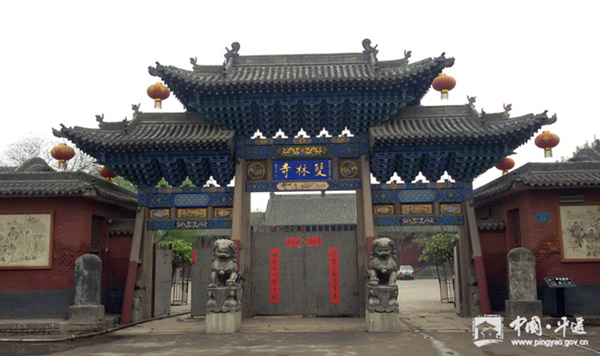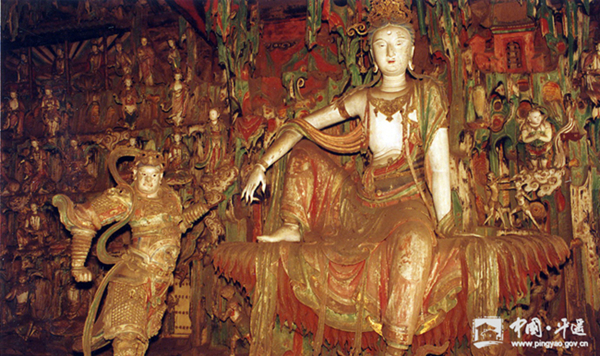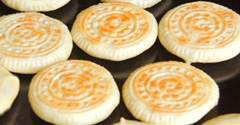News
Pingyao conducts digital protection of Shuanglin Temple
Updated:2023-08-01 10:52( goshanxi.com.cn)

Located in Qiaotou Village, 6 kilometers southwest of the Ancient City of Pingyao, Shuanglin Temple was first built during the Northern Wei Dynasty (386-534). [Photo/pingyao.gov.cn]
Pingyao county in North China's Shanxi province has strengthened its management and inspection efforts to protect Shuanglin Temple, a UNESCO World Cultural Heritage Site.
Located in Qiaotou Village, 6 kilometers southwest of the Ancient City of Pingyao, Shuanglin Temple was first built during the Northern Wei Dynasty (386-534) and houses over 2,000 ancient painted clay sculptures, most of which are well-preserved.
Zhang Yun, deputy curator of the Shuanglin Temple Sculpture Art Museum, said the number and variety of cultural relics there are immense, making preservation a challenging undertaking.
According to preliminary investigations, the main problems with the murals have been caused by the detachment, looseness, and decay of their support structures, as well as the loosening and deteriorating alkali of the ground layer.
Additionally, the pigments on the temple's clay sculptures have suffered from pulverization, discoloration, surface cracking, and alkali deterioration.
There is limited historical documentation available for the temple. The records mainly consist of photographs, texts, rubbings, and drawings. However, manual measurements are not as precise as would be desired.

Shuanglin Temple houses over 2,000 ancient painted clay sculptures, most of which are well-preserved. [Photo/pingyao.gov.cn]
To better preserve the cultural resources of the temple, in March 2021, the Cultural Relics Institute of Pingyao county collaborated with a team from the Institute of Cultural Heritage Research at Zhejiang University to initiate a digital preservation project for the ancient architecture and some painted clay sculptures and murals there.
Zhang said the team from Zhejiang University comprehensively digitized the ancient architecture, murals, clay sculptures, and related artifacts at the temple.
Li Zhirong, deputy dean of the Institute of Cultural Heritage Research at Zhejiang University, said they used digital technology to comprehensively record all of the information about the cultural relics, including their current state.
In the future, Pingyao's cultural heritage protection workers will better promote and protect this ancient temple, ensuring the continuation of the area's unique cultural landscape.



